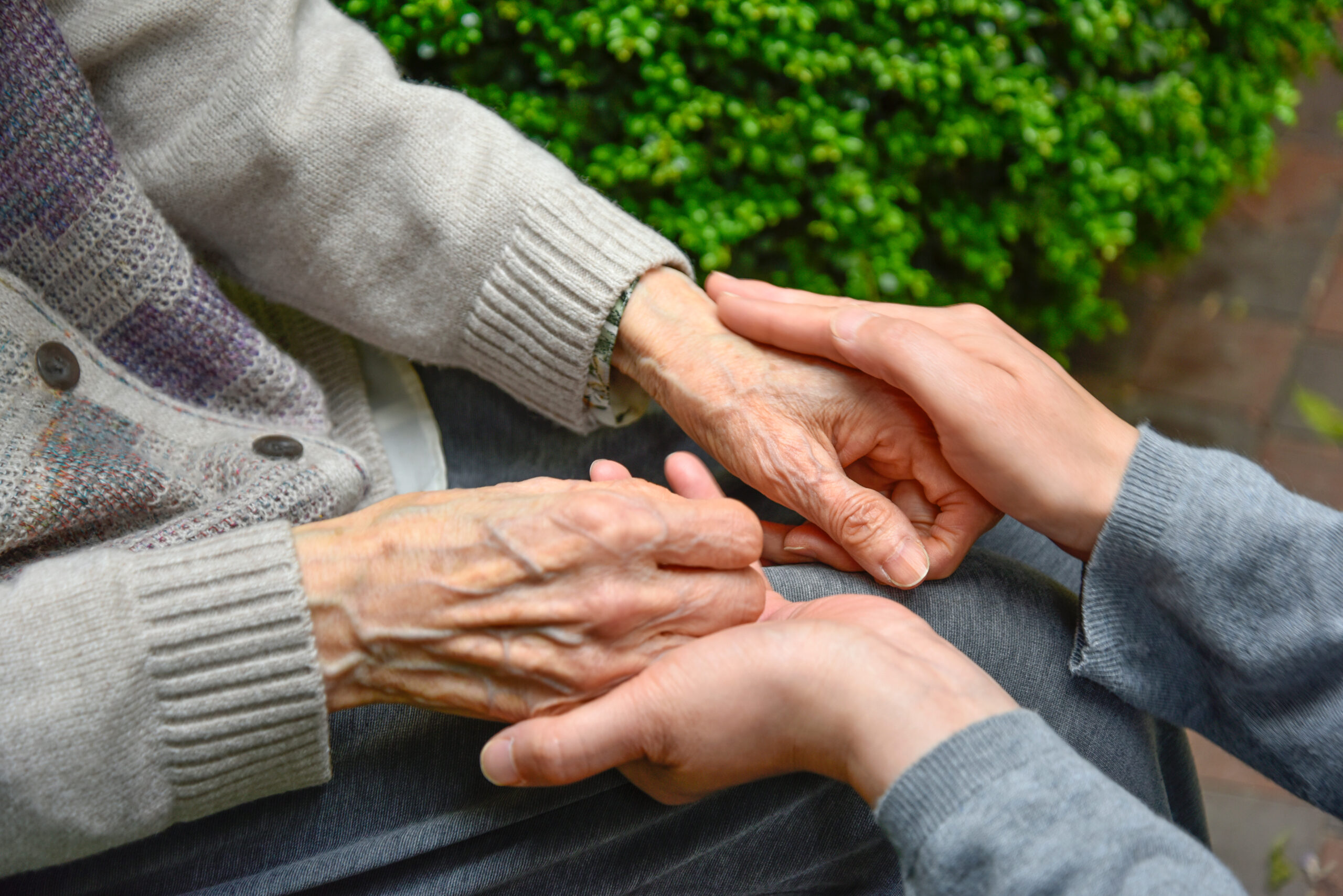What are the most common causes of muscle loss in older adults
Muscle loss in older adults, often referred to as sarcopenia, is a common condition that affects millions of people worldwide. It is characterized by a gradual decline in muscle mass and strength, which can significantly impact quality of life. Understanding the causes of sarcopenia is crucial for developing effective prevention and treatment strategies.
### Aging: The Primary Cause
Aging is the most significant factor contributing to sarcopenia. As people age, their bodies naturally undergo changes that lead to muscle loss. This process accelerates between the ages of 65 and 80, making it a prevalent issue among older adults. The aging process affects muscle cells and the systems that support muscle growth and maintenance, leading to a gradual decline in muscle mass and strength.
### Inactivity and Sedentary Lifestyle
Physical inactivity is another major contributor to muscle loss. When older adults lead sedentary lifestyles, their muscles are not challenged to grow or maintain their strength. Regular physical activity, especially resistance training, is essential for maintaining muscle mass and preventing sarcopenia. Inactivity not only accelerates muscle loss but also increases the risk of other health issues, such as osteoporosis and cardiovascular disease.
### Poor Nutrition
A diet lacking essential nutrients can exacerbate muscle loss. Older adults often experience changes in appetite and metabolism, which can lead to inadequate intake of proteins, vitamins, and minerals necessary for muscle health. Ensuring a balanced diet rich in protein, along with appropriate supplementation when necessary, can help mitigate muscle loss.
### Chronic Diseases
Chronic diseases, such as heart disease and diabetes, can also contribute to sarcopenia. These conditions often require prolonged periods of rest or reduced activity, which can accelerate muscle loss. Additionally, some chronic diseases may directly affect muscle function and metabolism, further contributing to sarcopenia.
### Hormonal Changes
Hormonal changes, particularly those occurring during menopause in women, can also play a role in muscle loss. Hormones like testosterone and estrogen are important for maintaining muscle mass, and their decline with age can contribute to sarcopenia.
### Other Factors
Other factors, such as inflammation, mitochondrial dysfunction, and denervation (nerve damage), can also contribute to muscle loss. These factors can disrupt the normal functioning of muscle cells and the systems that support muscle health, leading to a decline in muscle mass and strength.
In conclusion, muscle loss in older adults is a multifactorial issue, primarily driven by aging but also influenced by lifestyle factors, nutrition, chronic diseases, and hormonal changes. Addressing these causes through regular exercise, a balanced diet, and early intervention can help prevent or mitigate the effects of sarcopenia, improving the quality of life for older adults.





